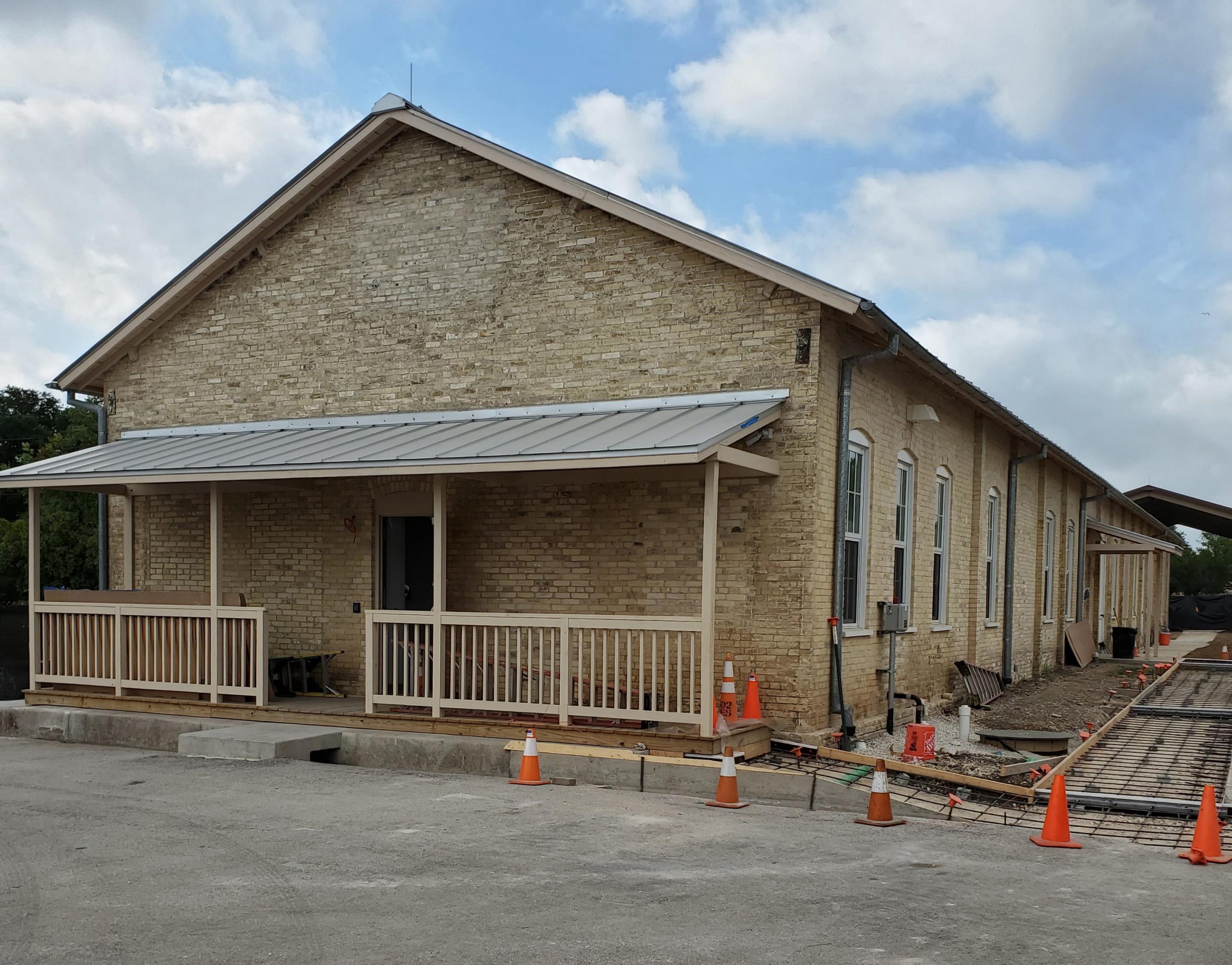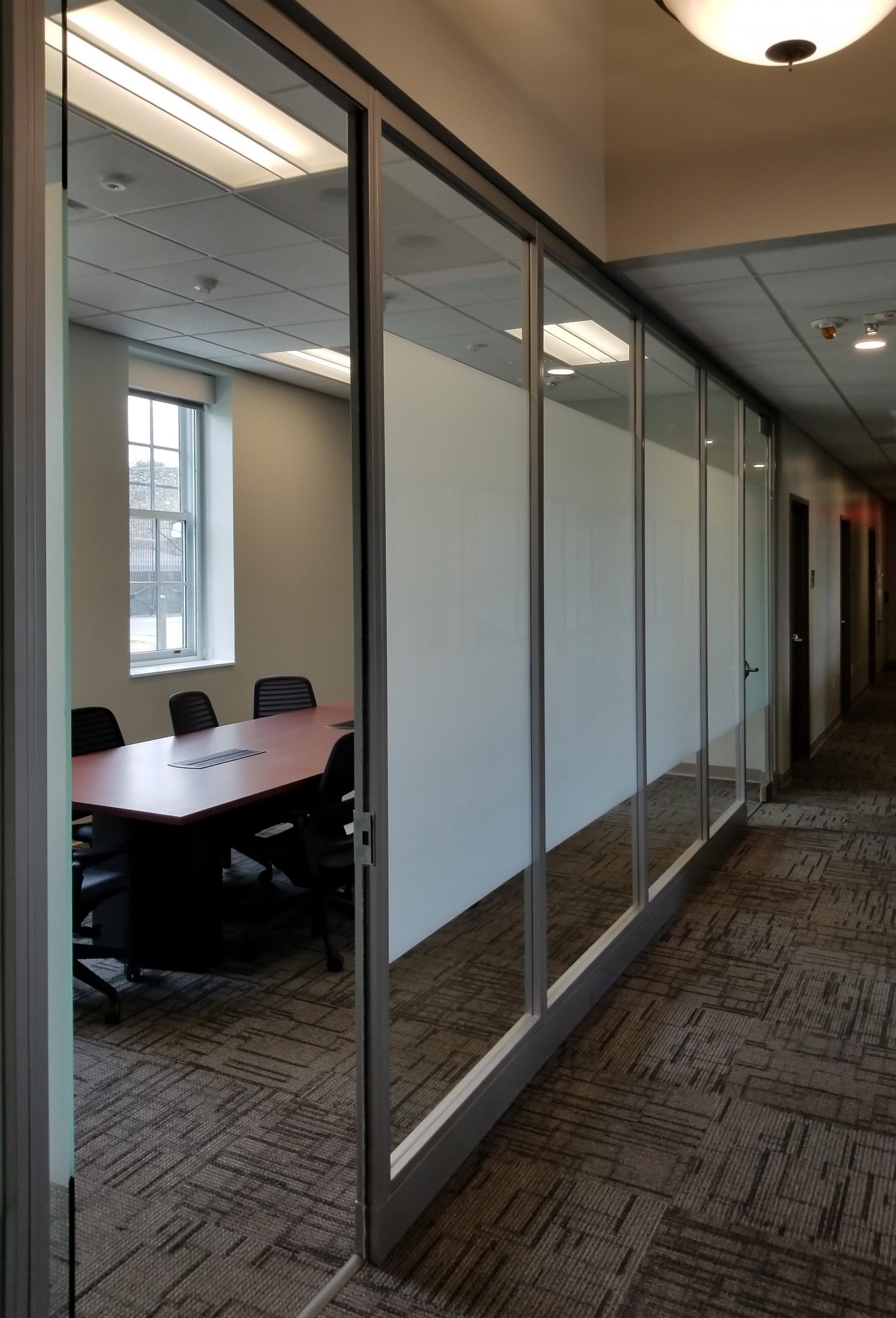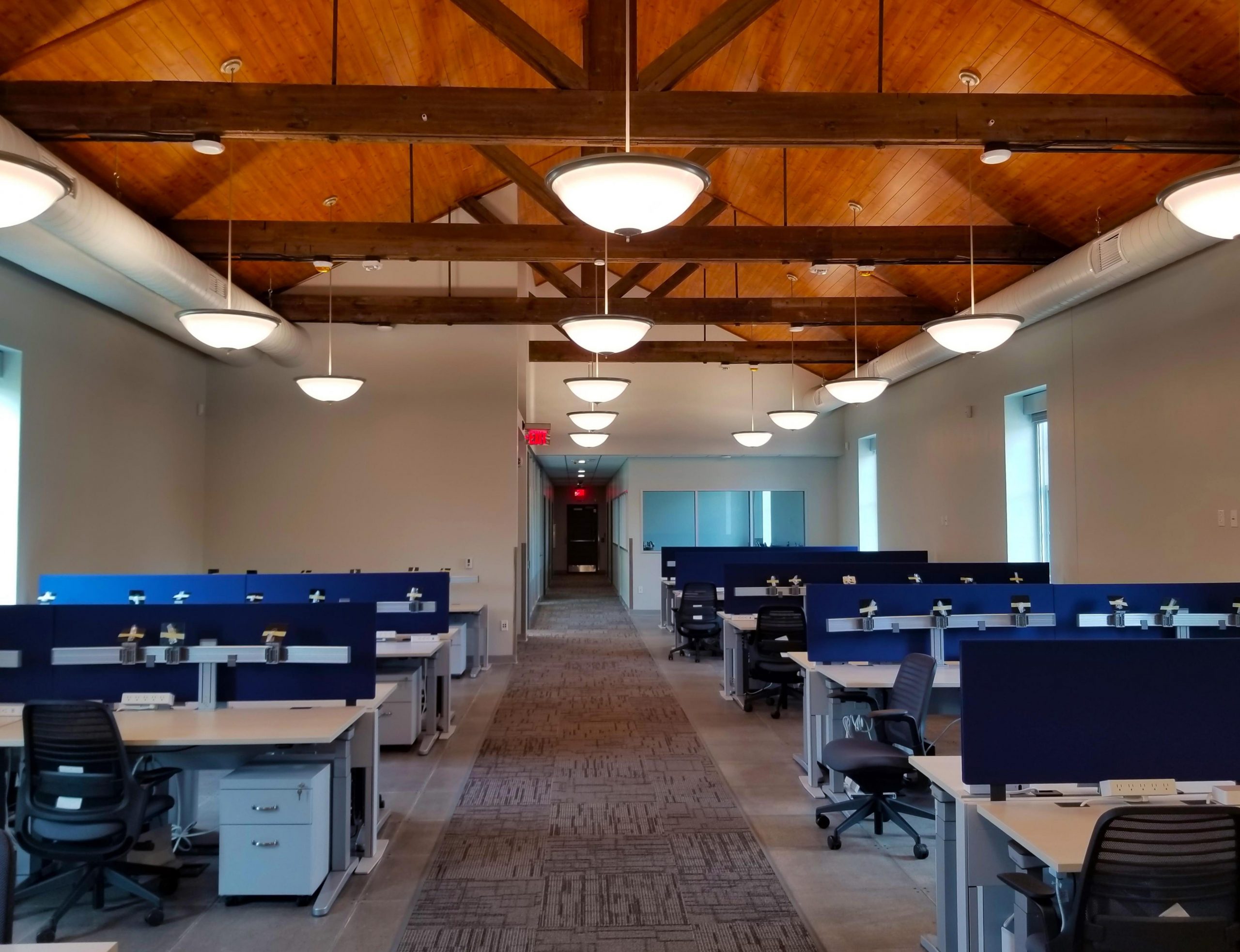Featured Project
Renovation of Historic Building 56 at Ft. Sam Houston
This historic Building 56 at Fort Sam Houston, TX has been renovated into a modern-day administrative office. It’s an example of blending modern technology, applicable codes, and client needs with historical structures. There is historic and cultural importance in preserving structures that tell a story and commemorate the past.



History
Once a hitching post and horse stable during the 1800’s, Building 56 at Fort Sam Houston has been renovated into a modern-day administrative office for the historic U.S. Army post Joint Base San Antonio (JBSA) in San Antonio, Texas. Over the past 200 years, Building 56 has served as a reminder of the Fort Sam Houston mission – to commemorate the memory of the soldiers and civilians that have served our nation. Recently, the United States Army Corps of Engineers (USACE) Fort Worth District elected to revive this forgotten historic building. Careful preservation of essential buildings, while practical and efficient, also allows the post to live with its history and lends character to its community as they move into the future.
Fort Sam Houston is one of the oldest active army posts in America. In addition to being recognized as having one of the largest collections of historic military post structures, it was also the birthplace of military aviation during the Spanish-American War, and the training ground of the First United States Volunteer Cavalry, Roosevelt’s Rough Riders, commanded by Col. Leonard Wood. In 2010, Fort Sam Houston merged with Randolph Air Force Base and Lackland Air Force Base, becoming the three primary locations of the newly formed Joint Base San Antonio. Fort Sam Houston is home to the command headquarters of the United States Army North, United States Army South, and the Army Medical Command (MEDCOM) Headquarters, the Navy Regional Recruiting, and the world-renowned San Antonio Military Medical Center known as SAMMC.

Preservation
To meet its new function and retain its historical value, the building’s infrastructure required additions, alterations, and repairs to be executed in a manner that minimized the destruction of its historical fabric. Structural, architectural, and mechanical engineers coordinated the envelope design to conserve energy and provide proper sealing of the envelope while maintaining the historical qualities of the façade. To create a thermal barrier on the exterior wall, the exterior masonry was tuck-pointed, cleaned, repaired, and restored. In areas where bullet holes were found, the façade was dismantled, and the existing bricks were flipped and then reassembled. Cracks and joints were sealed with spray applied vapor barrier installed over existing interior masonry wall. Gypsum wall boards were applied over 6-inch-high density foam insulation and metal studs. All exterior doors and frame assemblies were replaced to match existing features along with exterior window sashes. The existing historical porch, which had deteriorated significantly, was demolished, and reconstructed in kind to preserve the building’s historical appearance.
Interior Design
Interior finishes were selected to retain Building 56’s heritage significance, add a contemporary layer, and to provide value for the future. The historic character of the building was highlighted by exposing the original heavy timber beams and cathedral ceiling. Rustic wood planks were selected to complement the historic beams and together act as a focal point in the open office. Plastic laminate in a reconstituted oak pattern with a relaxed straight grain and medium texture adorns the cabinets in the break room and toilet partitions in the restrooms. The coloring is an overall espresso background with light brown rays to complement the heavy timber beams and aid in creating a unified interior design. A raised access flooring system was introduced to hide all utilities, wiring and infrastructure. The all steel metal panels sit on pedestals approximately 6 inches above the finished concrete floor and are provided throughout, apart from the mechanical room and restrooms. The mechanical room is only accessed from the exterior of the building, enabling the floor elevation to remain at the new slab height. In the restrooms, a concrete slab was poured to match the raised access floor elevation and was then finished with a durable porcelain tile. Modular carpet tile with multi-directional lines to hide wear and tear was provided in the private offices, conference room, and traffic areas for sound control. In the open office, the raised access flooring panels were left bare to provide ease of access to the utilities below the flooring system.

